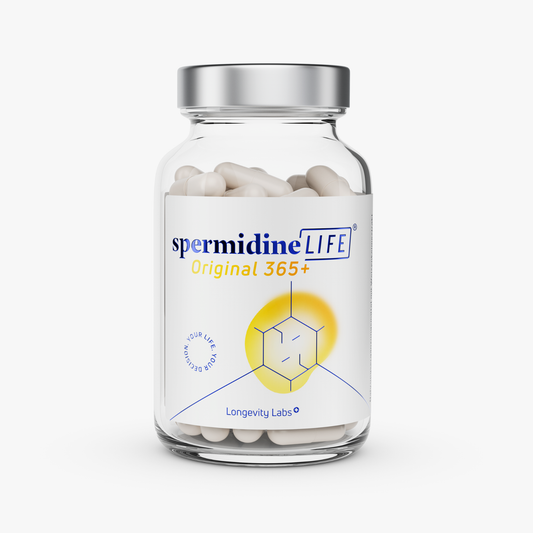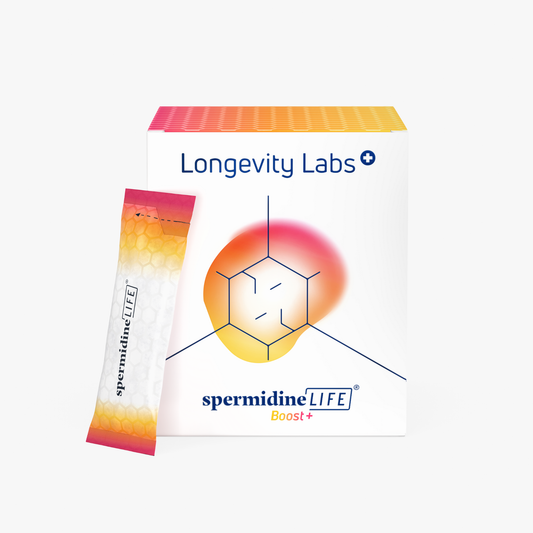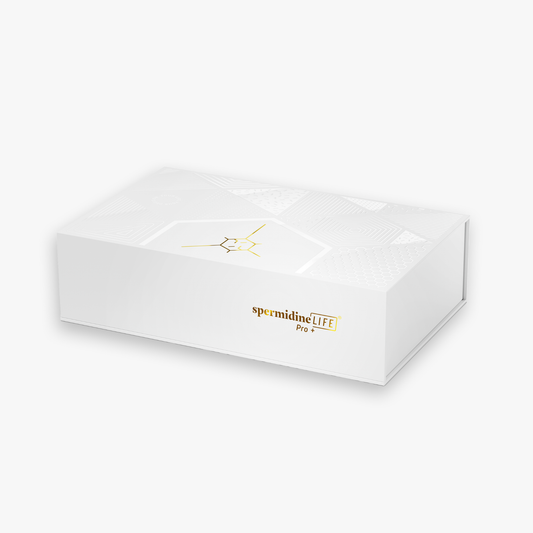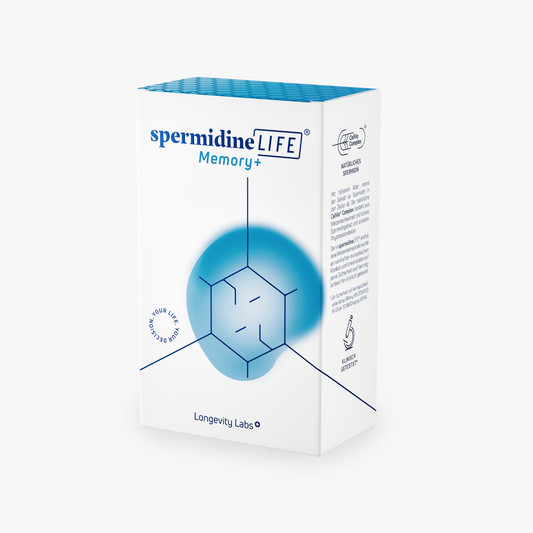
The Macro Influence of Our Skin and Gut Microbiota
Science, TLL LongevityLabsThe name of the microbiota—of our skin and gut flora—may seem misleading since it actually has a major influence on the aging process of our cells. What can you do to protect your cells? We’ll tell you.
First come the foundations: What is a microbiota? It’s a complex ecosystem of microorganisms such as bacteria, fungi, viruses, mites, and archaea, that are found permanently or temporarily in one place, and can be symbiotic, neutral or pathogenic. This ecosystem varies significantly from person to person. It can also have a different composition in the same person, depending on the location in the body.
Why is the Microbiota so Important?
The skin or gut microbiome—as all the microorganisms of the microbiota are called—forms a symbiotic unit with the organ. They play a key role for regulating the immune system and keeping us healthy as important transition zones where the body is in contact with the outside world. Research has shown that if this unit is disrupted, diseases can occur. Furthermore, the skin and gut flora were identified as two of the epigenetic influence factors on the cell aging process. Consequently, if the microbiota is off balance, our cells age arguably faster. That’s why we want to show you today how you can support your skin and gut microbiota.
Protecting the Skin Flora
The total surface of our skin is approximately 1,8 m2. This makes it not only the largest human organ, but also a diverse biosphere for the microorganisms of our skin microbiome: Over 150 million microbes live on every square centimeter (!) of our skin, with all of them combined forming an ecosystem.
The top layer of the skin is naturally acidic with a pH-value of 4.0 to 4.5. This is ensured by acid-producing bacteria from the microbiome. This acidic environment allows positive and neutral bacteria to grow, while forming a barrier for harmful bacteria, thereby protecting us. If the skin environment becomes alkaline due to external influences, the skin swells up and becomes permeable to various germs. Consequently, if our immune system is under attack, this ecosystem is weakened or imbalanced, which allows pathogens to spread.
Our skin microbiota fulfills additional protective functions: It can remove toxins and free radicals that can otherwise lead to skin damage and premature skin aging. Researchers recently discovered that skin aging is (only) 60% genetically determined. We ourselves determine the other 40% of our skin aging with our lifestyle, for example, by influencing our microbiota with humidity, temperature, and environmental factors.
What Can We Do to Support Our Skin Flora?
The answer is: skincare! Studies have shown that probiotics improve the skin’s barrier function, which strengthens its ability to store moisture. Treatment with skin creams that contained probiotics verifiably increased skin moisture in older women and visibly reduced wrinkles. Furthermore, probiotic skin cream can also reduce the harmful effects of UV rays, preventing premature skin aging.
Another important factor of skin aging is nutrition. In addition to healthy food, we should make sure to drink enough water. It moisturizes the skin from the inside out. An adequate supply of vitamin A, which our body obtains from dairy products, for example, also plays an important, positive role in maintaining the health of our skin flora.
Other epigenetic changes are additional relevant influence factors on skin aging. Telomere shortening, collagen depletion with age, and oxidative stress affect our skin cells, making us look old at a young age. This can be prevented with healthy nutrition, exercise, and enough sleep.
Supporting Our Gut Flora
The gut microbiota is the sum of all microorganisms in the digestive tract and includes up to 100 billion microorganisms, such as bacteria, fungi, and archaea. It is composed of an estimated 1,000 different kinds of gut bacteria that live in the intestinal walls and its contents and weighs about 1 to 1,5 kg total. While about one-third of gut microbiota is identical in all humans, the remaining two-thirds are specific for everyone. That means: The microbiota in the gut is like an individual fingerprint. In addition, there are over 3 million microbial genes in the gut flora—that is 150 times as many genes as the human genome.
The gut flora is responsible for many vital functions in the body.
There is a strong hypothesis that establishes a connection between the mechanisms of the gut microbiota, the lipid metabolism, and vascular diseases. Neurological research also studies the influence of our gut bacteria.
These findings make therapies such as prebiotics, probiotics, and immune modulation treatments possible. They can also be used for biomarker strategies: Predictive profiles are specified to classify the metabolic and cardiovascular diseases of patients.
The gut flora also plays a role in defending against dangerous germs and toxins, strengthening the immune system, and producing polyamines, such as spermidine. The microbiome’s influence on cell renewal is currently a key subject in cell research.
Prof. Claudio Franceschi of the University of Bologna studies another theory of cell aging connected with gut flora. He researches in centenarians and their descendants if minor chronic inflammatory reactions promote aging processes and possibly amplify mental deterioration as we age. He believes that the gut microbiome and various dietary factors promote these chronic inflammatory processes, and consequently cell aging.
What does that mean for us?
Well, if we know that the gut flora influences our health and cell renewal, we can both prevent diseases and develop treatments. In-depth knowledge about the characteristics and composition of the microbiota could help improve individual medical care.
So, what can we do to support our gut flora to prevent premature cell aging?
Well, first we need to avoid or mitigate stress. This includes infectious diseases, severe psychological stress, and poor nutrition. What we eat feeds the bacteria that live in our digestive system. This is why we should ensure a balanced, varied diet. This includes vegetables, fruits, and grains since they contain prebiotics, also called “fermentable fibers”, that support our gut microbiota. Probiotics, such as sauerkraut, yogurt, and fermented foods, also support our intestine.






